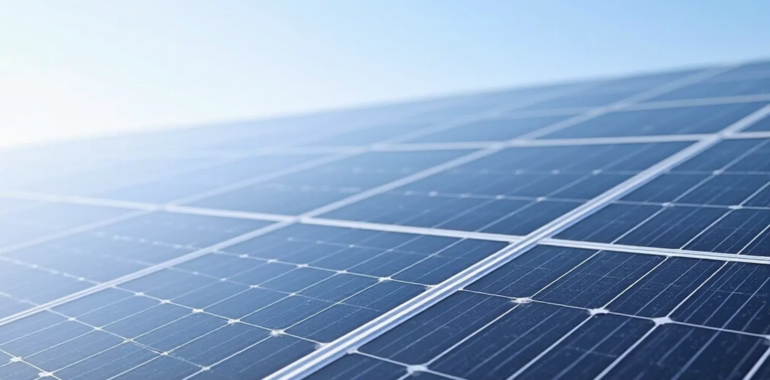
Understanding Photovoltaic (PV) Cells: A Game-Changer in Solar Energy
Photovoltaic (PV) cells are the backbone of solar power, converting sunlight into electricity efficiently. But how do they work, and are they worth the investment? This guide explores the science behind PV cells, their benefits, and why they are shaping the future of renewable energy.
What Are Photovoltaic (PV) Cells?
Photovoltaic (PV) cells are semiconductor devices that generate electricity when exposed to sunlight. These cells are typically made from silicon and are assembled into solar panels.
How Do Photovoltaic (PV) Cells Generate Electricity?
- Sunlight hits the PV cell, exciting electrons in the semiconductor material.
- The movement of electrons creates an electric current.
- This current is captured and converted into usable electricity for homes and businesses.
Key Benefits of Photovoltaic (PV) Cells
- Renewable Energy Source – PV cells rely on sunlight, an abundant and renewable resource.
- Lower Electricity Bills – Solar panels reduce reliance on the grid, cutting down energy costs.
- Minimal Maintenance – PV systems require little upkeep, making them cost-effective.
- Eco-Friendly – No carbon emissions, reducing your carbon footprint.
- Increases Property Value – Homes with solar panels are more attractive to buyers.
Types of Photovoltaic (PV) Cells
1. Monocrystalline PV Cells
- Made from a single crystal structure, offering high efficiency.
- Best for homes with limited roof space.
2. Polycrystalline PV Cells
- Made from multiple silicon fragments, slightly less efficient but more affordable.
- Ideal for large-scale installations.
3. Thin-Film PV Cells
- Lightweight and flexible, suitable for unconventional surfaces.
- Lower efficiency but works well in low-light conditions.
Are Photovoltaic (PV) Cells Efficient?
The efficiency of PV cells depends on factors like material quality, weather conditions, and placement. Modern solar panels achieve efficiencies between 15% to 22%, with ongoing advancements promising even better performance.
Installation & Cost Considerations
- Upfront Costs – The average cost for a residential PV system ranges from $10,000 to $30,000.
- Government Incentives – Many regions offer tax credits and rebates for solar installations.
- Return on Investment (ROI) – Most homeowners see significant savings within 5-10 years.
The Future of Photovoltaic (PV) Cells
Innovations in PV technology, such as bifacial panels and perovskite solar cells, are pushing efficiency limits higher. As costs decrease and efficiency improves, PV cells will play a crucial role in global energy transformation.
Final Thoughts: Are Photovoltaic (PV) Cells Worth It?
Photovoltaic (PV) cells provide clean, renewable, and cost-effective energy. If you’re looking to reduce energy costs and contribute to a sustainable future, investing in PV technology is a smart choice.
Ready to switch to solar? Contact a solar expert today and explore your options!
